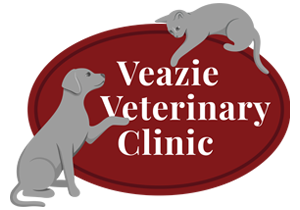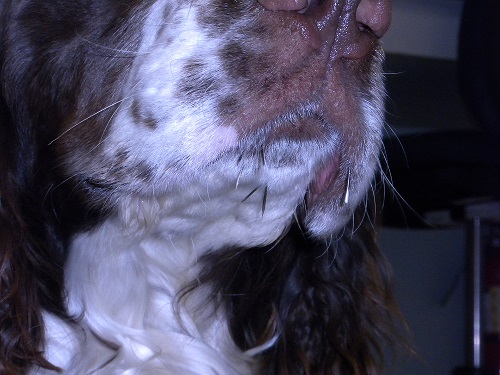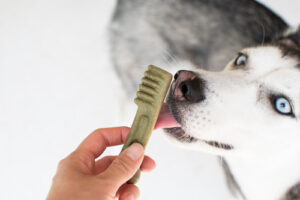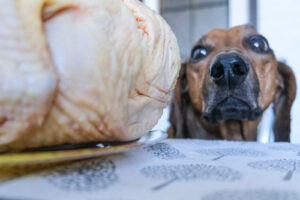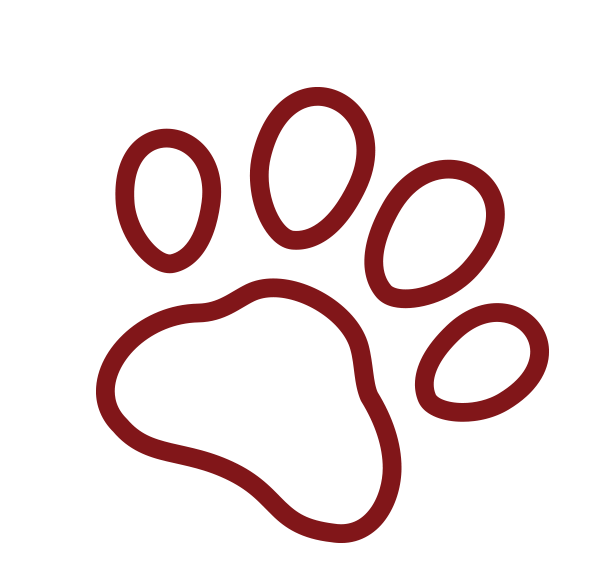There are many myths regarding the best way to remove porcupine quills from dogs. Here are some facts.
MYTH:
It is best to cut the tip of the quill to release the air and make quills easier to remove.
FACT:
The only thing cutting the quill does is make them shorter and therefore more difficult to remove. Sometimes they are cut so short that the end is no longer visible and the doctor has to cut the skin to be able to see and remove the quill.
MYTH:
It is best to soak the quill with vinegar to soften it and allow for easier removal, or for it to fall out on its own.
FACT:
Making the quill softer only makes it more difficult to remove.
MYTH:
Leaving the quill in the skin is okay as the body will just push it out. Quills don’t hurt.
FACT:
Leaving the quill in is very painful to the animal. And, the longer the quill is in the body the softer it becomes and makes it much more difficult for us to remove later. There is also a concern for the quill migrating to other areas of the body. If there is a quill in the chest it can actually migrate to the lungs, heart or joints nearby.
MYTH:
If you twirl the quill while removing it makes it easier to pull out.
FACT:
Twirling the quill can actually cause more damage to the tissue, causing more pain and doesn’t make removing the quill any easier.
MYTH:
Porcupines shoot their quills.
FACT:
As cool as that would be, this is completely false. The quills are not shot into the dog; there is a small barb on the end of each quill that will attach to anything it comes in contact with.
MYTH:
A porcupine can only strike once.
FACT:
That is also not true. A porcupine has over 300,000 quills on its body at any time, and will regenerate new ones. If a porcupine is attacked multiple times it still will have plenty of quills to protect it.
MYTH:
Once a dog has been quilled, it will learn its lesson and never attack a porcupine again.
FACT:
If anything, I would say the opposite is true. It seems that once a dog is quilled, it will repeatedly go back and attack other porcupines. It is almost like the dog is saying “Oh, I will get you this time!” My own dog went after porcupines 3 times and never learned this lesson.
The best thing to do if your dog gets quilled is to bring him or her to your veterinarian. These can be very painful and require sedation or anesthesia to remove them properly.
The only time it is okay for you to attempt removal is if there are only a few of them. You need to use some needle nose pliers and grab the quill as close to the animal’s skin as possible and then remove quickly and straight out of the body. Again, this is only advisable if there are only a few of them. Otherwise, head to your veterinarian for removal of the quills.
